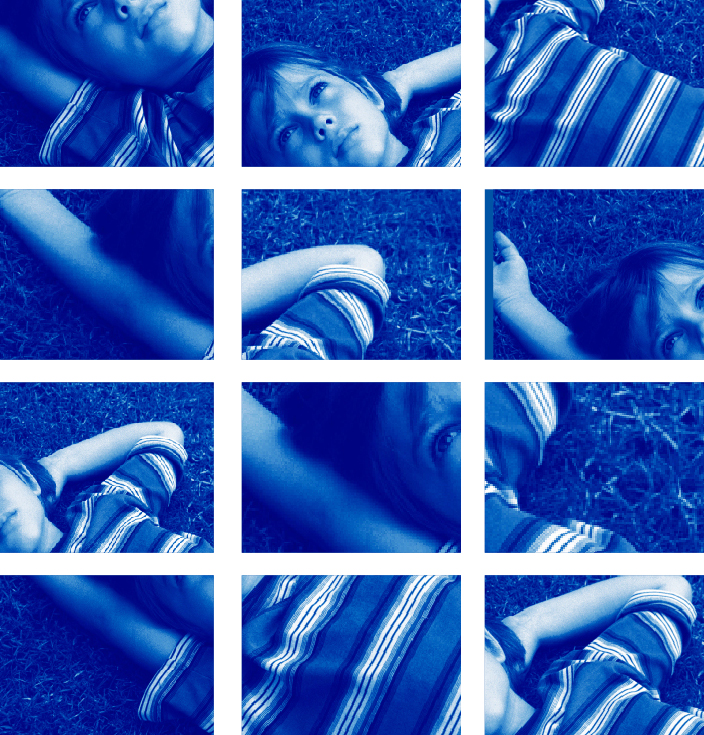Life’s “Mundane Magic” in Linklater’s Boyhood
Richard Linklater’s film, Boyhood, uses unconventional techniques to depict the complexity of growing up.

“How do you plan a twelve-year production?”
“You don’t,” said Richard Linklater, the director of the recent film, Boyhood, in an interview with The Guardian. “There’s always a life metaphor. How do we plan for our own futures? You do your best but you have to live in the present.”
Ties between filmmaking and metaphors for real life are prominent in interviews with Linklater and the cast of Boyhood. The film depicts the life of Mason (Ellar Coltrane) and his family over a twelve-year span, but differs from other films because it was actually filmed over twelve years. We see the actors change and evolve as a product of real time, not makeup. The effect is profound. As we watch Mason grow from a first-grader with a bowl cut to a college student with piercings, visual and audio cues remind us of a parallel time in our own lives.
In an interview with ABC, Coltrane referred to the movie’s emphasis on “the magic of the mundane.” “Things just happen,” he said. Mason’s life unfolds with little emphasis on commonly depicted milestones like a first kiss or high school graduation.
“It’s all about the little things that don’t have a place in a movie,” Linklater told The Dissolve. In avoiding cinematic milestones, Boyhood’s focus on rudimentary moments makes us realize that they have a greater impact in our lives than prom or the opening night of a Harry Potter film.
While on a drive to go camping, Mason’s father raves over a Wilco song that comes on the radio. His explanation of the love and loss behind the lyrics adds layers to his character that don’t come out in bigger scenes. These short instances of dialogue thread throughout the movie and contribute the most depth to the characters.
Maintaining both a sense of honesty for how life presents itself and reflecting upon events in his own life was crucial for Linklater. “There’s hardly anything in this movie that wasn’t real to some degree, that didn’t happen to myself, or one of my collaborators,” he said, referring to his cast.
An emphasis on Boyhood as a collaboration was important to Linklater. The cast and crew met once a year for twelve years, where they would go over Linklater’s plot for the year and add changes. The screenplay was not predetermined in order to accommodate actors’ evolution over time. There was no contract, but cast members always came back with life events to contribute to their lives on screen.
The ambiguity between actors and the people playing them makes Boyhood unique amongst other films. We are completely aware that our viewing experience is fictional while we watch the actors’ real lives unfold in tandem.
Many scenes begin with adult characters commenting on how much Mason has grown, which seems to be as much a product of their actual amazement as a line in a script. Linklater was careful not to include tacky transitions to show Mason’s growth, but even without, it is incredibly evident from year to year.
In between filming, Linklater kept up with the cast in order to approach plot structure with an awareness of events in their lives. In fact, Linklater lives in the same city in Texas as Coltrane (the movie also takes place in Texas); his daughter, Lorelei, plays Mason’s sister in the film; and he and Ethan Hawke (who plays the father) have been friends for over twenty years.
These strange overlaps in Linklater’s life and Mason’s character make Mason’s growth all the more fascinating to witness, and Linklater’s dedication to capturing the evolution understandable.
At the end of the film, Mason sits on top of a mountain shortly after beginning college. The dialogue with the girl next to him is self-reflective, but mildly awkward. In that moment, nothing monumental happens, but its effect is moving.
The depiction of the boy on top of the mountain as both Mason and Elar is a striking representation of the strangeness and wonder of growing up. Although the actor and his character are not the same, the traits that they bring out in one another make it impossible to draw a straight line between them. The most concrete difference between Elar and Mason is their names, while the rest of their traits leave us wondering who the boy on the screen will become after the cameras stop rolling.







